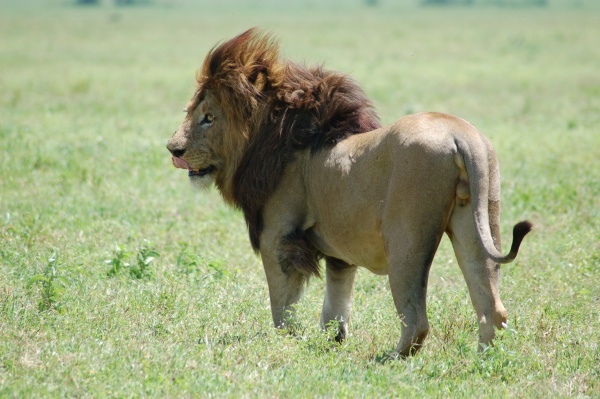Facts About East African lion
Panthera leo melanochaita: The Challenges and Conservation Efforts for Southern and East African Lions
The lion subspecies *Panthera leo melanochaita*, native to Southern and East Africa, faces numerous threats including habitat loss, prey depletion, human-wildlife conflict, and trophy hunting. While some regions have witnessed population growth within protected areas, East Africa has seen a decline.
A Debate Over Taxonomy
Lion classification has long been a subject of debate among naturalists, with various subspecies proposed over the years. Historically, mane size and color were used to differentiate these subspecies. However, mane characteristics can vary significantly based on factors such as age, habitat, and nutrition.
Physical Characteristics
Lions exhibit sexual dimorphism, meaning males and females have distinct physical differences. Males are generally larger and heavier than females.
Habitat and Distribution
Lions inhabit specific areas in East and Southern Africa, with certain Lion Conservation Units (LCUs) identified as population strongholds.
Diet and Human Interaction
Lions primarily hunt ungulates but will scavenge when necessary. Human-lion conflicts have been documented throughout history, often occurring when humans encroach on lion territories.
Threats to Survival
The main threats to lion populations include habitat loss, retaliatory killings, trophy hunting, and illegal wildlife trade.
Conservation Efforts
Efforts to conserve lions include:
- Developing a Lion Conservation Strategy for Eastern and Southern Africa
- Establishing protected areas
- Initiating community-based conservation projects
Cultural Significance
Lions hold diverse meanings across African cultures, often symbolizing courage, strength, and, at times, laziness.
The Path Forward
To ensure the survival of African lions, it is crucial to address the various threats they face, promote coexistence with local communities, and protect critical habitats and prey species. Collaboration among governments, conservation organizations, and local communities is essential for the long-term survival of lion populations in Africa.

 Kenya
Kenya